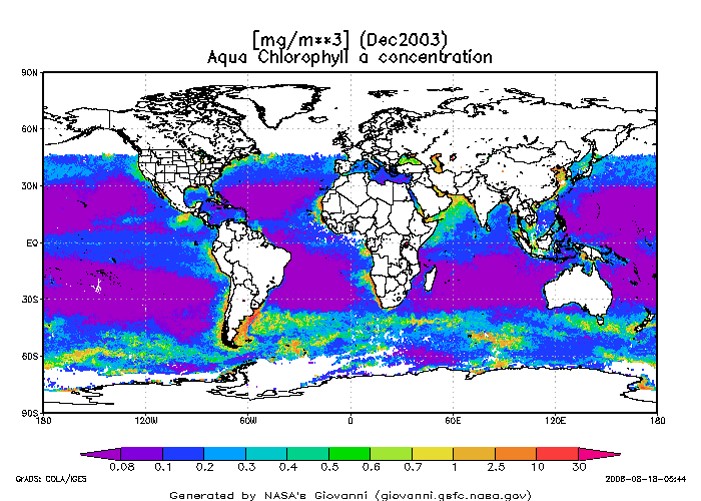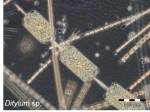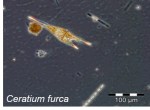I am a research scientist who works at CSIRO Marine Laboratories in Hobart, Tasmania which is located on the Derwent River. For the past 3-4 years I have provided some form of baked goods for our fortnightly team meetings. Quite often I am asked for the recipe and the idea of a blog where I could put the recipes so my team members could find them at any time was born. With the help of my friend and photographer Carlie Devine (https://carliedevine.wordpress.com ) “Sweet Treats By The Sea” has become a reality.
In my spare time, I like to bake and to try out new recipes and test them on my friends and colleagues. This blog has some of the baked treats I’ve cooked in the past and will be updated each time I make a new treat for one of our meetings.
In my scientific career, I work in the fields of algal ecology and satellite remote sensing/ocean colour validation.
Microalgae or phytoplankton are microscopic plant life that have the most amazing structures and can be used in pharmaceutical, nutraceutical, biofuels, aquaculture feeds and many other applications. The size of a phytoplankton cell can range from 1-200 mm depending on species – to give you some idea of how small phytoplankton can be, imagine a 1 mm space on a ruler and dividing that space into 1000 equal divisions; each division would be 1 micrometer and microalgae of this size are a cyanobacteria called Prochorococcus sp. Above are some images taken by Pru Bonham (CSIRO) of larger phytoplankton taken from water samples from the Huon River Estuary.

Satellites orbiting the earth can carry sensors that measure the light reflectance from the oceans and using mathematical algorithms the light reflectance can be converted to concentration of chlorophyll-a, which is considered an indicator of the amount of phytoplankton in the oceans. Above is a false colour image provided by NASA of chlorophyll-a concentration where purple is low and red is high.
I never cease to be amazed that a sensor orbiting around 700 km above the surface of the earth can sense microscopic phytoplankton in the surface waters of the oceans.


